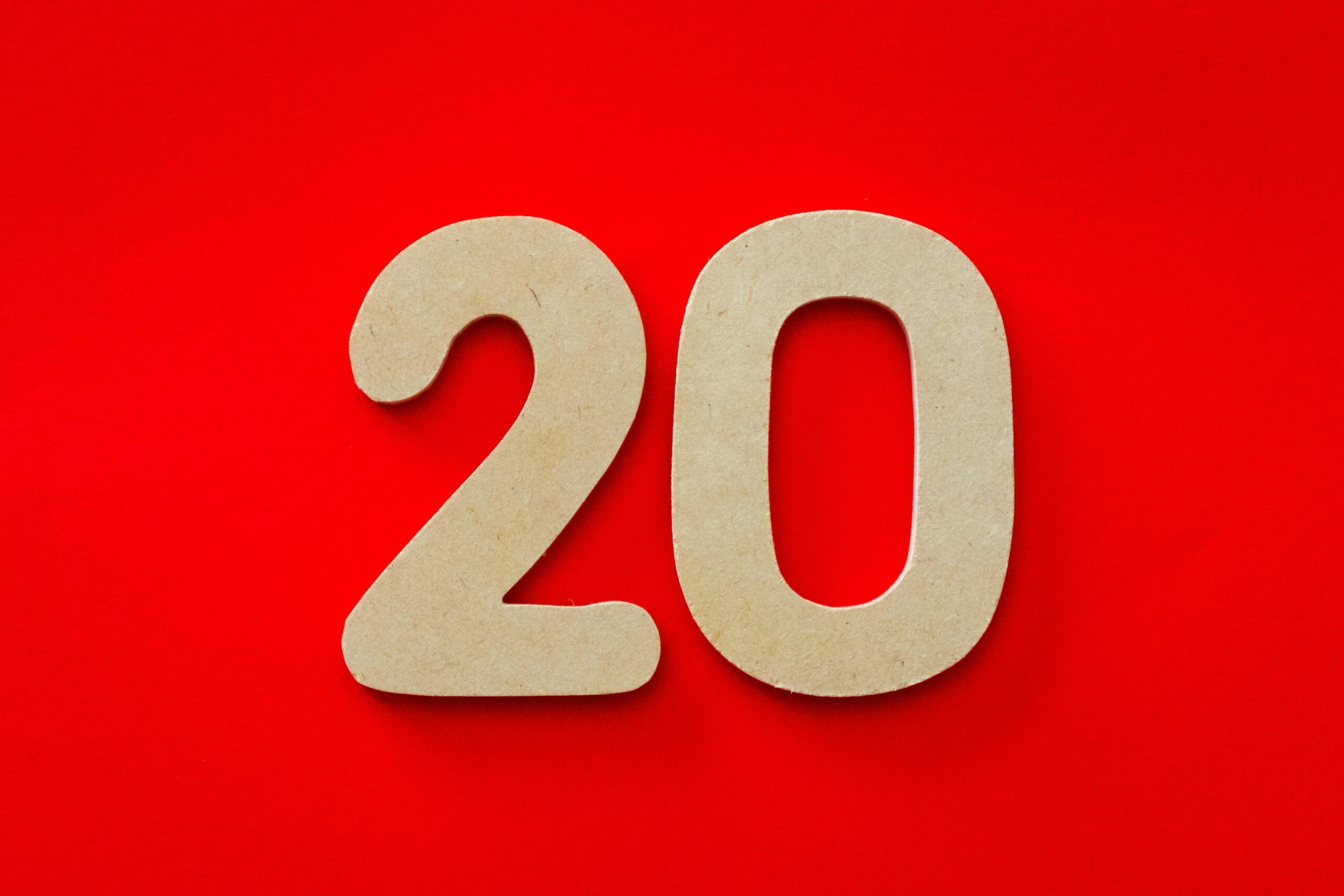If you spend long hours working at a computer, checking your phone, gaming, or even reading, you’re not just tiring out your mind —
you’re exhausting your eyes.
When it comes to protecting your vision — especially if you’re dealing with conditions like Central Serous Retinopathy (CSR) or just general digital eye strain —
the 20-20-20 rule isn’t just a suggestion.
It’s a survival tool.
Here’s why this simple habit matters more than you realize — and how to do it correctly to give your eyes a real chance to heal, recharge, and stay strong.
What Is the 20-20-20 Rule?
The rule is simple on the surface:
- Every 20 minutes,
- Look at something 20 feet away,
- For at least 20 seconds.
Sounds almost too easy, right?
But under the hood, this tiny shift does powerful things for your visual system that no screen, no supplement, and no glasses can replicate.
Why the 20-20-20 Rule Works
1. It Relaxes the Eye’s Focus Muscles (Ciliary Muscles)
When you stare at something up close (like a screen or book) for long periods, your ciliary muscles—the muscles inside your eyes that control focusing—stay in a contracted, tense state.
Over time, that tension leads to:
- Eye fatigue
- Headaches
- Blurry vision
- Increased intraocular pressure (bad news for CSR)
Looking far away relaxes those muscles fully, giving them time to recover and reset.
2. It Reduces Screen-Induced Eye Strain (Computer Vision Syndrome)
The average person now spends 7+ hours per day on digital screens.
That constant exposure leads to a modern epidemic called Computer Vision Syndrome:
- Dry eyes
- Burning sensation
- Double vision
- Eye soreness
The 20-20-20 rule interrupts that cycle before it becomes chronic.
3. It Helps Regulate Intraocular Pressure
Short breaks reduce pressure buildup inside the eye—critical for people managing retinal stress conditions like CSR.
A relaxed, unstressed eye moves fluid more efficiently, keeping pressure balanced and retinal tissues healthier.
4. It Gives Your Brain a Micro-Rest Too
Eyestrain isn’t just about your eyes—it’s about visual processing overload.
Looking away allows your visual cortex (the part of the brain processing what you see) to reset, lowering overall nervous system strain.
This matters for CSR patients, because:
- Less systemic stress = lower cortisol levels
- Lower cortisol = better chances of retinal stability and recovery
How to Do the 20-20-20 Rule Correctly
Most people think they’re doing it right — but are actually cutting corners.
Here’s how to really execute it properly:
1. Set a Timer or Trigger
Don’t just guess.
Use your phone, watch, or an app that reminds you every 20 minutes.
(Tip: Apple Watch, Fitbit, and free browser plugins have great break reminders.)
2. Actually Look at Something Distant
Not your desk.
Not the wall across the room.
Find a window and look at:
- A tree
- A building
- A car parked far away
Distance is what matters—you want to fully stretch the focusing muscles, not just half-engage them.
3. Let Your Gaze Soften
Don’t strain to focus on the distant object.
Let your eyes relax naturally.
It’s not about seeing sharply—it’s about resting.
4. Breathe Slowly While Doing It
Pair the visual break with slow nasal breathing.
This brings your entire nervous system down a notch and accelerates recovery.
5. Commit for 20 Seconds — No Rushing
It can feel “too slow” at first.
Fight the urge to cheat.
- 20 seconds minimum.
- Eyes soft.
- Shoulders relaxed.
- Mind breathing, not problem-solving.
Why It Matters Even More for CSR
For someone managing Central Serous Retinopathy, the stakes are even higher.
You’re not just fighting fatigue.
You’re fighting:
- Microscopic blood vessel instability
- Retinal fluid regulation challenges
- Cortisol-driven visual stress
Protecting your vision is a daily battle of small wins.
The 20-20-20 rule isn’t optional—it’s armor.
Done right, this habit could help:
- Shorten flare-up duration
- Prevent worsening symptoms
- Improve visual clarity over time
- Reduce recurrence risks
Final Takeaway
The 20-20-20 rule isn’t complicated.
It’s basic.
It’s boring.
And it works—if you actually do it.
If you want your vision to serve you for decades,
if you want your eyes to recover fully after stress,
if you want to keep doing the work you love without sacrificing your health—
Respect the basics.
Respect the breaks.
Respect your eyes.
Because no device, no deadline, and no dopamine hit is worth the slow erosion of your sight.
Protect it now.
Reap the rewards for life.



